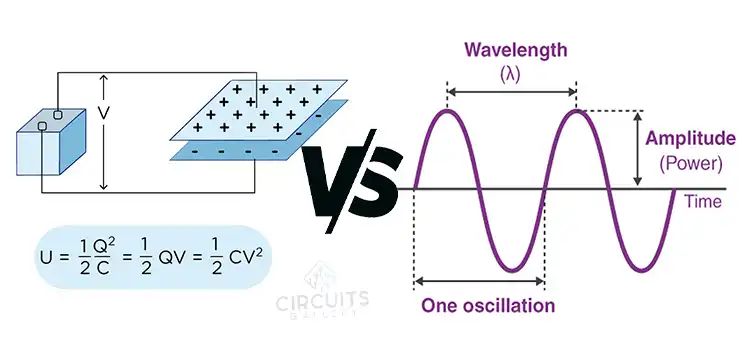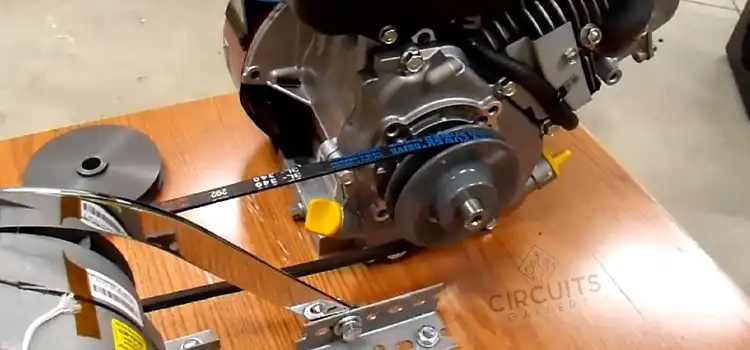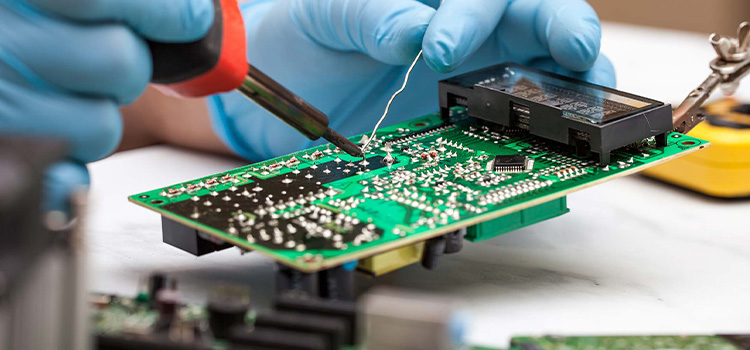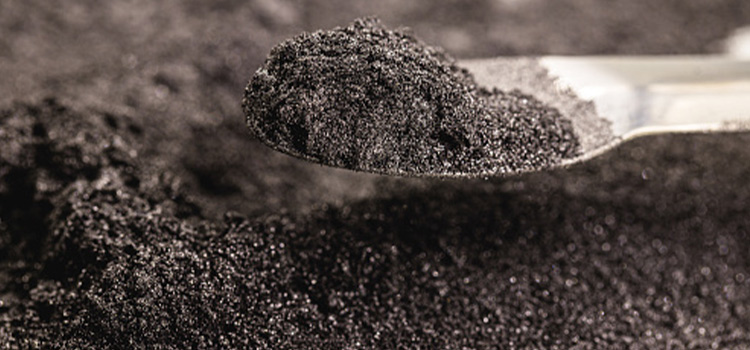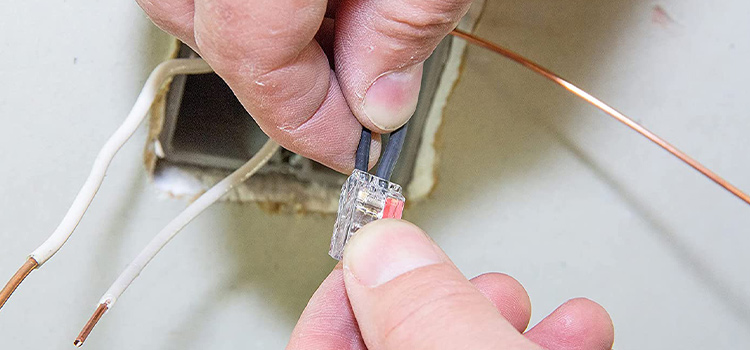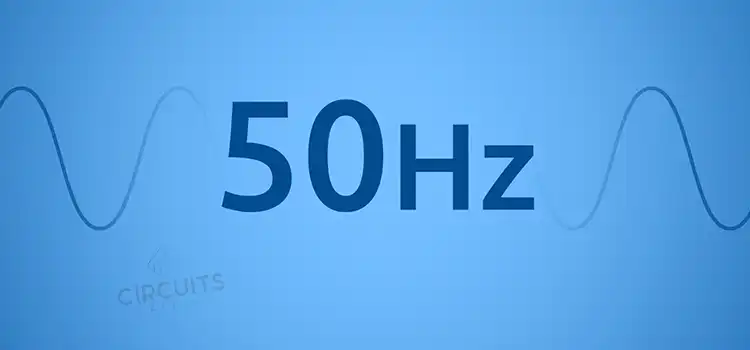What Size Capacitor Do I Need for a 3000-watt amp | Capacitor Sizing Tips
For a 3000-watt amp, a 3 F capacitor is needed.
According to the thumb rule, for every 1000-watt amp, a 1 F capacitor is required. As a result, 3000 watt-amp 3 F capacitor is required.
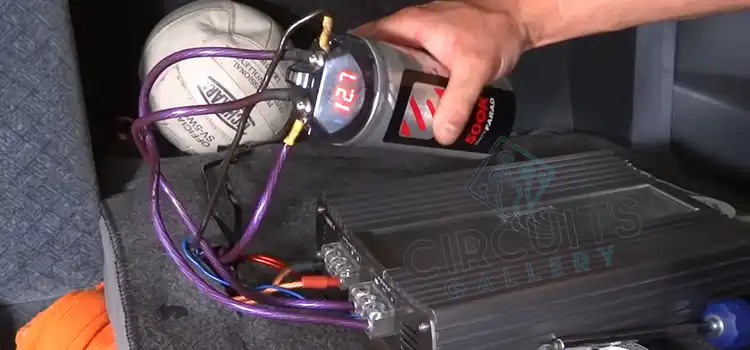
What Size Capacitor do I Need for a 3000-watt amp
You need 3 Farad capacitors if your speaker consumes 3000 watts. The exception is when your speaker needs 1800 watts and you can use 1.8-2 farad capacitors. However, it is advised to utilize three 0.5 F capacitors and a minimum 1.5 F capacitor.
The dynamics will be more favorable with three 0.5 F capacitors than with fewer condensation of larger capacity. Simply put, they can deliver and recharge more quickly.
What Size Capacitor Do I Need for My amp?
As a general guideline, one farad of capacitance should be added for every 1,000 watts RMS of system power. However, employing bigger value caps does not have an electrical cost, and many people see benefits from using 2 or 3 Farads per 1,000 watts RMS. The amp has more charge accessible to it when it needs it the greater the capacitor.
What size capacitor do I need for a 3500-watt amp?
Every 1000-watt amp requires a 1 F capacitor as a general rule. Consequently, a 3.5 F capacitor is required for a 3500-watt amp.
What Happens if a Larger Capacitor is inserted
This is not to say that more is better, as a huge capacitor may result in increased energy usage. The motor’s lifespan will be decreased in either situation—whether it is too large or too small—due to overheated motor windings.
Will a Capacitor Drain My Battery
A capacitor won’t make the battery discharge. A capacitor’s incorrect setting is to blame when it significantly drains the battery. Some capacitors have third terminals or additional capacitors above them. Voltage readings from the caps may be seen, and they must be manually switched off.
Will a Capacitor Help My Alternator
If you add a capacitor to a weak electrical system, the alternator will have to work harder. The alternator must now power the amplifiers, replenish the capacitor, and charge the battery.
How do I Choose a Farad Capacitor
In most circumstances, the voltage rating is directly proportional to the capacitor’s physical size. For instance, in the example circuit above, the peak level of the 120Vrms, which is about 170V, is the highest level of voltage across the capacitor (1.41 X 120V). Therefore, the recommended capacitor voltage is 226.67V (170/0.75).
What does a 1 Farad Capacitor do
Farads is the unit of measurement for the capacitance or storing potential, of a capacitor. One coulomb (coo-Lomb) of charge may be stored in a 1-farad capacitor at 1 volt. 6.25e18 (6.25 * 10^18, or 6.25 billion) electrons make up one coulomb.
Which Capacitor Is Best for Audio
Polystyrene and polypropylene are the ideal capacitor materials for audio circuits. The first option is polystyrene, however, it is only offered in levels up to.001 uF.
How do I Choose a Replacement Capacitor
Both a voltage rating and a capacitance value are present in each capacitor. Both are crucial. Use values that are equal to or greater than the values that were initially stated when replacing capacitors.
What does a 10-Farad Capacitor do
Increases your amp’s peak power. reduces the fading of lights. 1/0 AWG or 4 AWG power/ground cable connections are made simple using screw connectors. for a secure installation, including mounting hardware.
Frequently Asked Questions
Is a capacitor better than a battery?
Batteries and capacitors differ in certain ways, but they also have some uses in common. To store energy, however, batteries often offer a higher energy density, but capacitors may be charged and discharged more quickly (greater Power density).
Conclusion
Selecting the size of a capacitor depends on the rating of the amp in watts. Every 1000-watt amp requires a 1 F capacitor. Selecting a higher value capacitor than the requirement will not create a major problem but will consume more energy.
Subscribe to our newsletter
& plug into
the world of circuits
